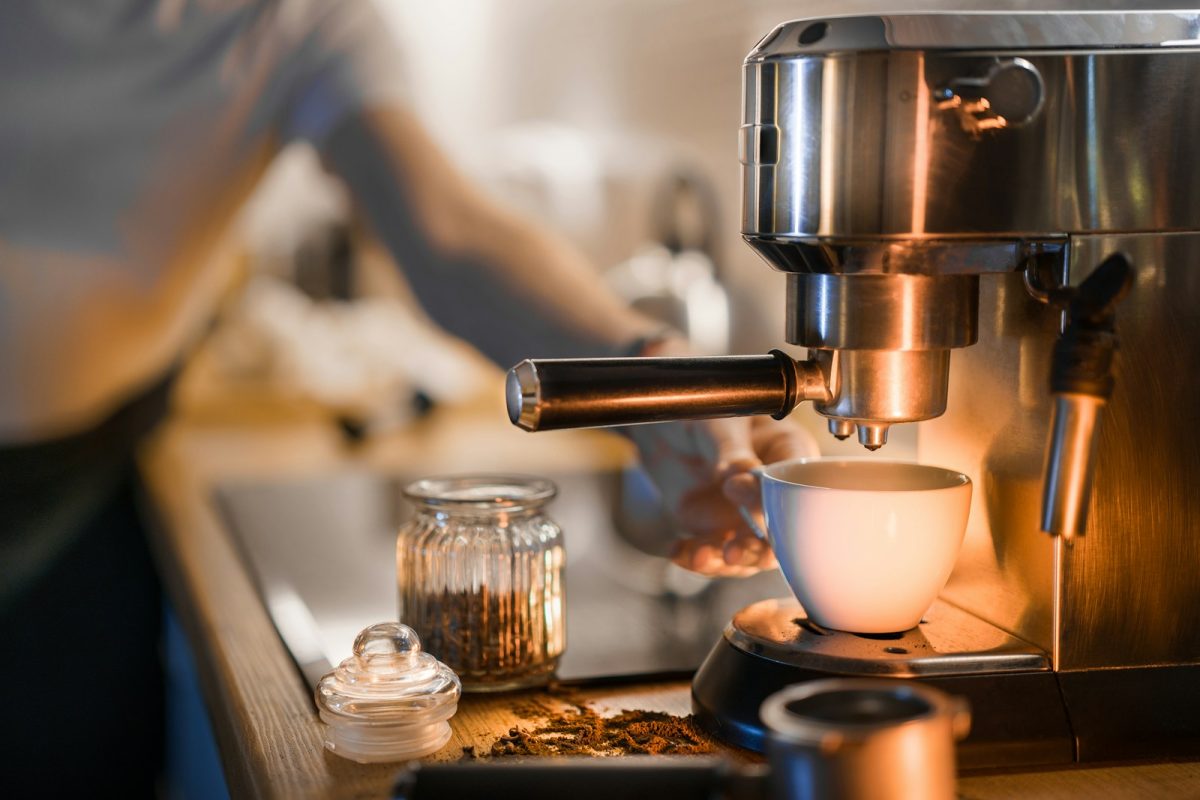Coffee has been a beloved beverage for centuries, fostering both social connections and personal rituals. Central to this experience is the coffee maker, a tool that has evolved significantly over time. Understanding the history of the coffee maker not only highlights the invention’s ingenuity but also reflects cultural shifts surrounding coffee consumption.
The origins of coffee can be traced back to Ethiopia, where legend has it that a goat herder named Kaldi discovered the coffee bean. From Ethiopia, coffee made its way to the Arabian Peninsula, where it began to take on its familiar form. By the 15th century, coffee was being brewed in Persia, Egypt, and Syria. However, it didn’t yet have a dedicated brewing device.
The first attempts at brewing coffee involved simple methods, such as boiling ground coffee with water in a pot. This method lacked the precision we associate with modern coffee makers, but it laid the groundwork for how coffee would be prepared.
The 17th century saw the rise of coffee houses in Europe, which popularized coffee as a social drink. Consequently, various brewing devices began to emerge. One of the earliest forms was the “Turkish coffee pot,” or cezve, which allowed people to brew coffee directly over heat. This method retained the strong flavors and aromas that coffee lovers enjoy.
As coffee’s popularity grew in Europe, innovative gadgets began to appear. The drip coffee maker’s origins can be traced to the 1800s. One significant design was the percolator, invented by James H. Nason in 1865. This device continually circulates boiling water through coffee grounds, producing a richly flavored beverage. The percolator remained popular well into the 20th century.
The advent of electricity in the late 19th and early 20th centuries brought new possibilities for coffee brewing. In 1908, Melitta Bentz invented the first coffee filter and drip coffee maker. Her design involved a simple paper filter placed in a ceramic cone, allowing brewed coffee to drip into a pot below. This innovation made brewing coffee easier and more consistent, setting the stage for the coffee makers we use today.
By the mid-20th century, the electric drip coffee maker entered the scene, revolutionizing how people brewed coffee at home. These machines allowed for quick preparation and greater convenience, catering to the fast-paced lifestyle of the post-war era.
As coffee culture evolved, so did coffee makers. Today, we have a wide range of machines, from single-serve pod systems to high-end espresso machines. The emergence of specialty coffee has also prompted a resurgence of manual brewing methods like pour-over and French press, showcasing an appreciation for craft and quality.
Moreover, technology has introduced smart coffee makers that can be programmed via smartphone apps, allowing users to control brewing times and adjust settings for a personalized experience. This trend reflects a broader shift toward integrating technology into daily routines.
The history of the coffee maker is a fascinating journey of innovation and cultural significance. From simple boiling pots to sophisticated machines, each development reflects the changing relationship people have had with coffee. As we continue to enjoy this beloved beverage, it’s worth appreciating the ingenuity that has brought the coffee maker to where it is today. Whether you prefer a classic percolator or a modern smart coffee maker, the brewing process remains an essential part of what makes coffee a comforting and communal experience.
RELATED STORIES:
https://coffeevibe.org/who-invented-the-coffee-makers/
https://coffeeabout.com/when-was-the-coffee-maker-invented/
https://historycooperative.org/history-of-coffee-brewing/
https://housegrail.com/who-invented-the-coffee-maker/
TAKE ACTION:
https://www.bestbuy.com/site/coffee-tea-espresso/coffee-machines/abcat0912005.c?id=abcat0912005




